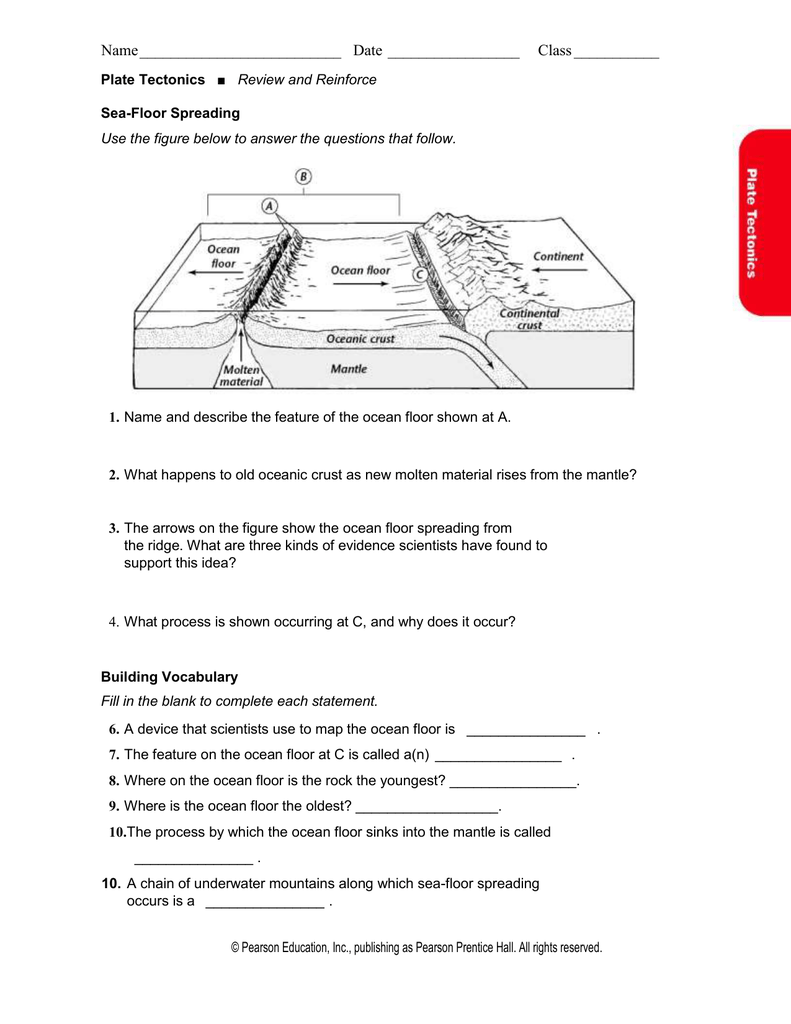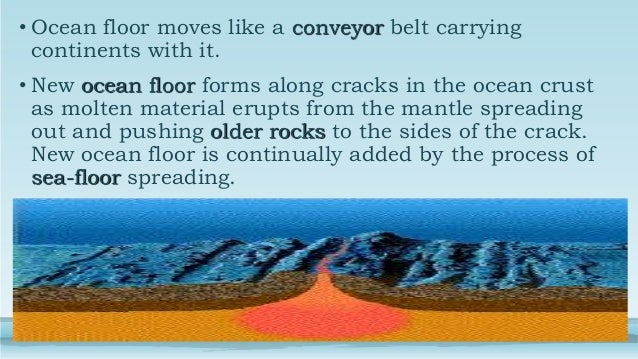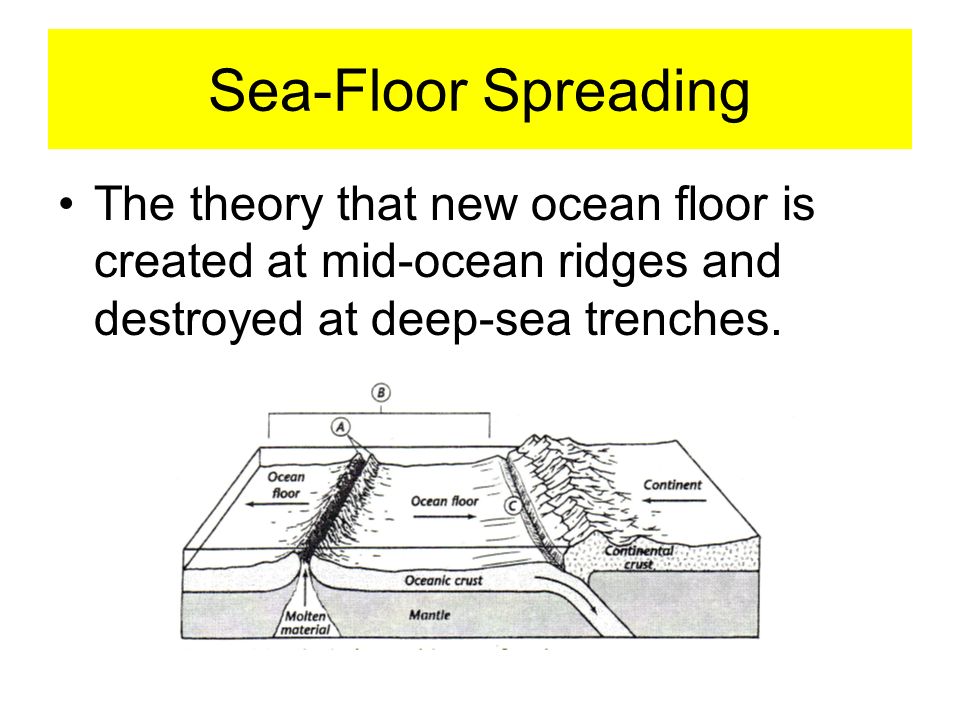Imagine what the ocean floor would have looked like 150 million years ago when all the rocks younger than that did not yet exist.
The youngest material of the ocean floor is found where.
This graphic shows several ocean floor features on a scale from 0 35 000 feet below sea level.
The mid ocean ridge is the region where new oceanic crust is created.
It is thinner denser younger and of different.
The oldest material on the ocean floor is about 180 million years old.
The spreading however is generally not uniform causing linear features perpendicular to the divergent boundaries.
Because of this the youngest sea floor can be found along divergent boundaries such as the mid atlantic ocean ridge.
A mirror image of that of the other side b.
Younger than on the other side c.
The youngest crust of the ocean floor can be found near the seafloor spreading centers or mid ocean ridges as the plates split apart magma rises from below the earth s surface to fill in the empty void.
Oceanic crust is about 6 km 4 miles thick.
The youngest material found on the ocean floor is found at mid ocean.
The crust overlies the solidified and uppermost layer of the mantle the crust and the solid mantle layer together constitute oceanic lithosphere.
It is composed of several layers not including the overlying sediment.
The process of sea floor spreading.
Oceanic crust is the uppermost layer of the oceanic portion of a tectonic plate it is composed of the upper oceanic crust with pillow lavas and a dike complex and the lower oceanic crust composed of troctolite gabbro and ultramafic cumulates.
New rock material added to the edges of the south american and african plates at the mid atlantic ridge has separated the two continents.
The magnetic pattern of ocean floor rocks on one side of an ocean ridge is.
Where plates move apart new crustal material is formed from molten magma from below the earth s surface.
The following features are shown at example depths to scale though each feature has a considerable range at which it may occur.
Mountains 2 volcanoes 3 ocean basins.
The oceanic crust is composed of rocks that move away from the ridge as new crust is being formed.
Continental shelf 300 feet continental slope 300 10 000 feet abyssal plain 10 000 feet abyssal hill 3 000 feet up from the abyssal plain seamount 6 000 feet.
The formation of the new crust is due to the rising of the molten material magma from the mantle by convection current.
Much different from the magnetic pattern found in rocks on land d.





























